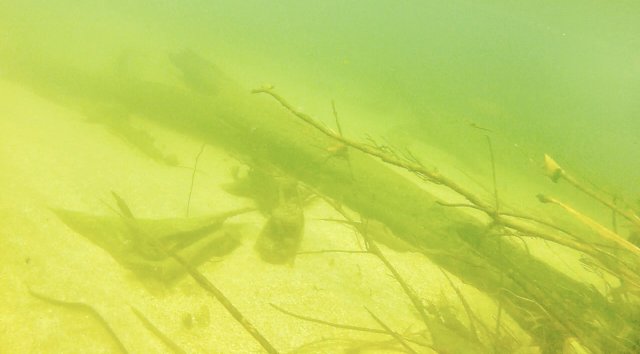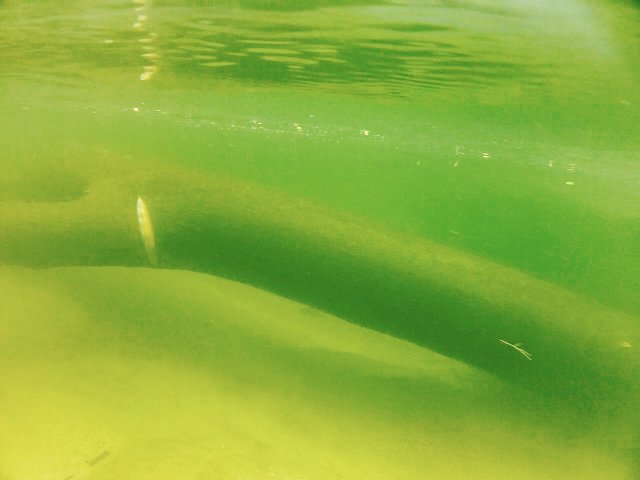Within reason, the look of substrate is one of the "last things" I consider.
Grain sIze, is a more important consideration to me.
If grains are large, the spaces between tend to allow waste to fall in between, get lodged under, and unless regular ly vacuumed out, can rot, and elevate nitrate., or even create hydrogen sulfide pockets . And with large grains, plants may have a hard time.
I generally want substrate that has small enough interstitial spaces to hold waste and other detritus on its surface where it can be seen, and easily be vacuumed out.
May be if I wanted a fish-less zen garden effect of raked single direction, mono-color stones
For me pool filter/water plant filter sand fits that bill.
It is also heavy enough that it doesn't easily get sucked into filter intakes where it can ruin impellers..
As far as the look goes it is not so light in color, that it causes fish like cichlids colors to wash out, and has a natural look. It is also neutral color blends into the background. Are we there to sit and stare at the substrate, or look at living things like fish, or a lush green garden?
Often very white, very bright substrate will cause fish like cichlids to "not show" the vibrant colors they do under more natural looking conditions, or even cower in corners, because they feel exposed..
I've seen many threads here on MFK, by people wondering why their fish are washed out, and when they show photos of their tanks, the stark bright/white aura of the tank, is the obvious reason.
Below a couple underwater shots of a tributary of the Rio Magdalena I took in Colombia


If i were keeping fish like darters, I might use different larger grained substrate, but in that case it would be more natural for the fish.
Where I used to snorkel with them in a channel between Upper and Lower Lake Nemahbin, because of the strong current, the substrate was mostly pea gravel,
in a tank with heavy current, waste would not get a chance to build up, and rot, but without heavy current it might become waste depository nightmare.
Above and below, under water shots of Cenotes in Mexico where cichlids like Rocio, and Mayaheros are found.
In nature many cases algae covers almost the entire substrate.
https://hosting.photobucket.com/alb...nderwater stills/.highres/100_zpsec6c5fe4.jpg ericksonslandscapesupply.com
ericksonslandscapesupply.com
 ericksonslandscapesupply.com
ericksonslandscapesupply.com




